Does Coffee Affect Your Hydration? Confusing Myths About Dehydration Explained
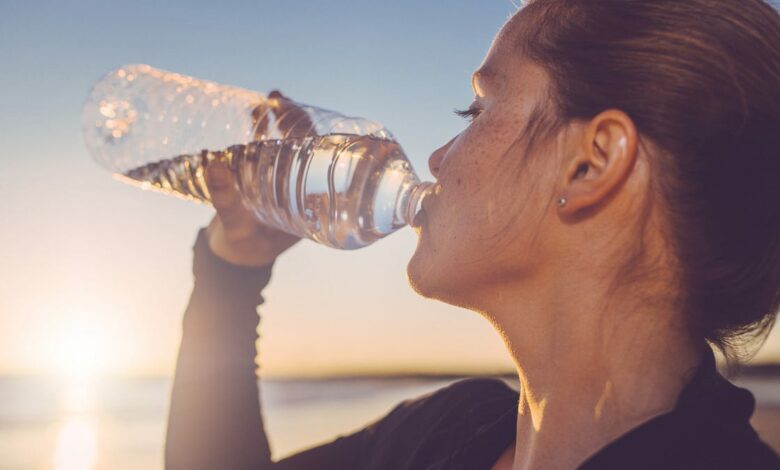
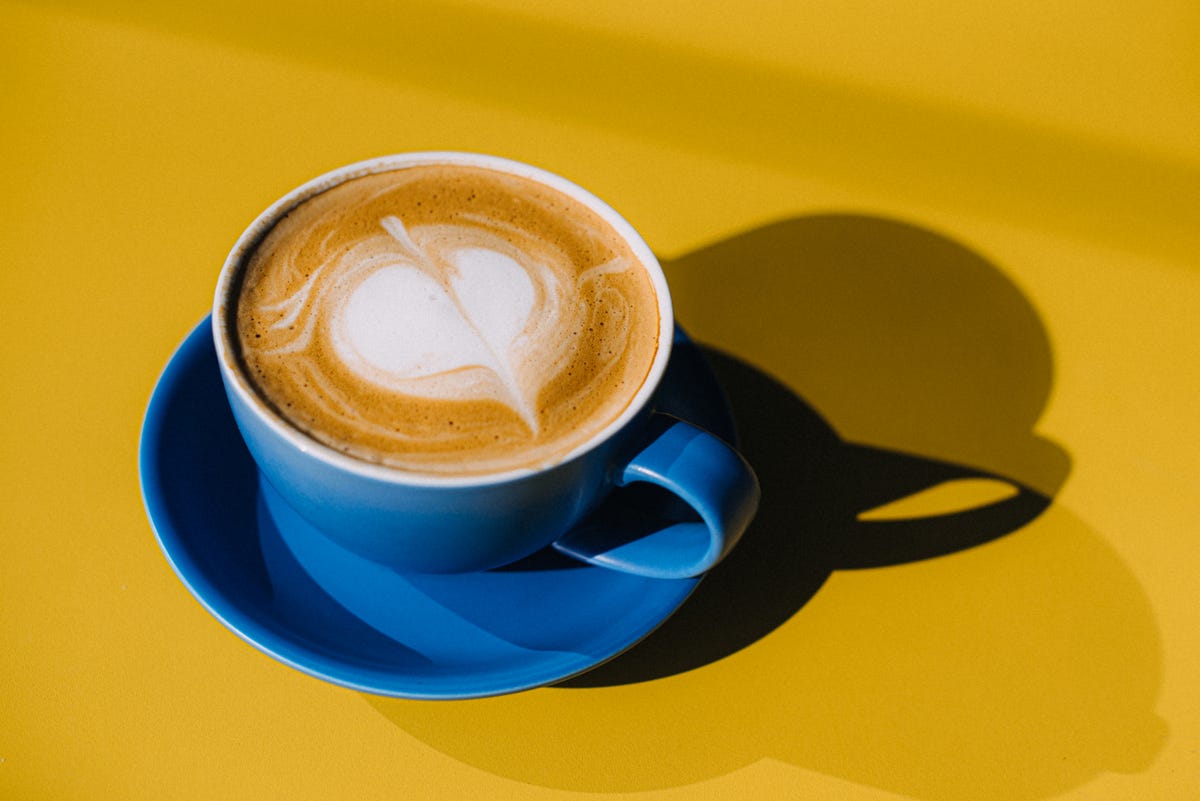
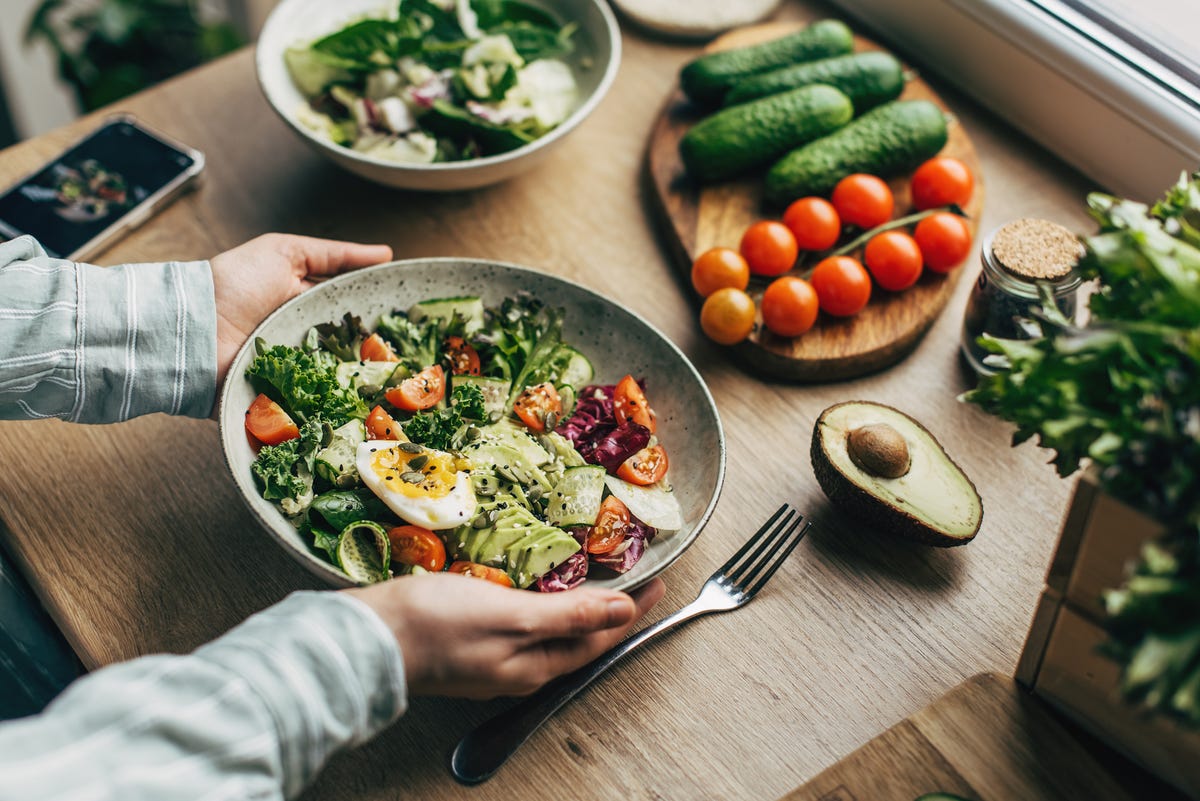
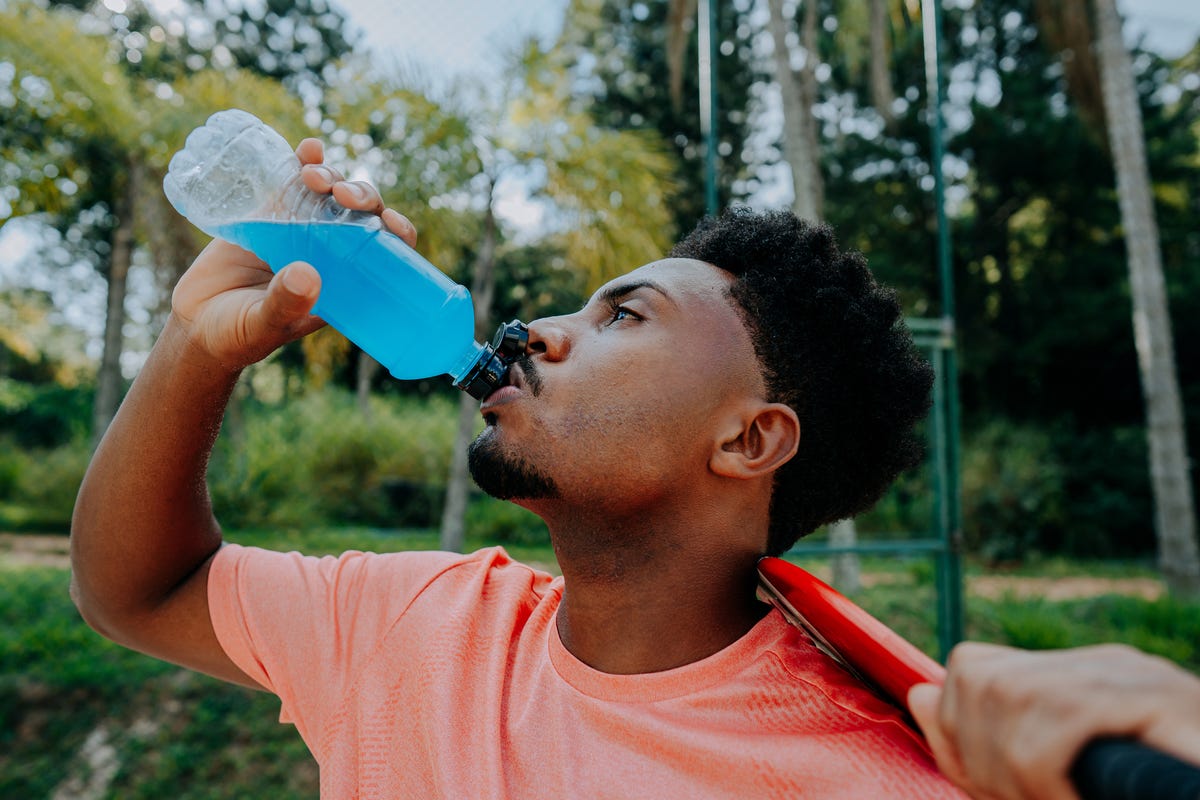
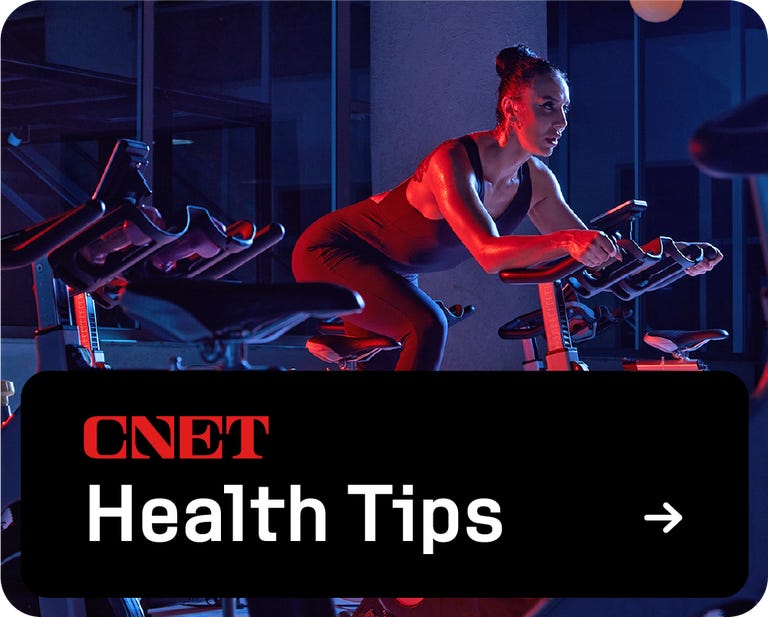
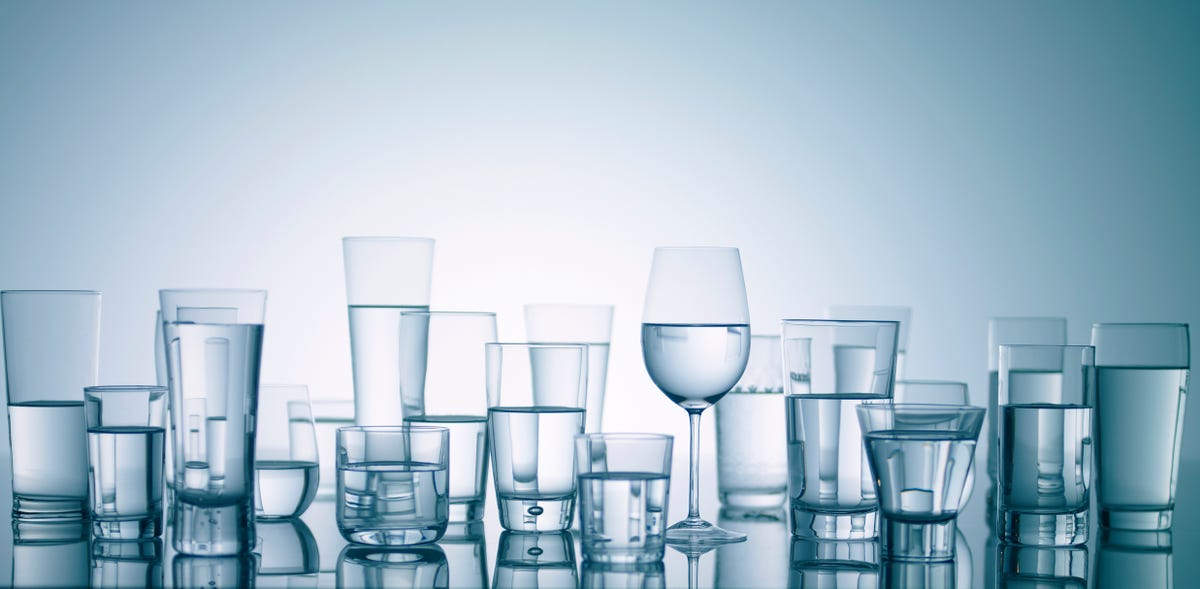
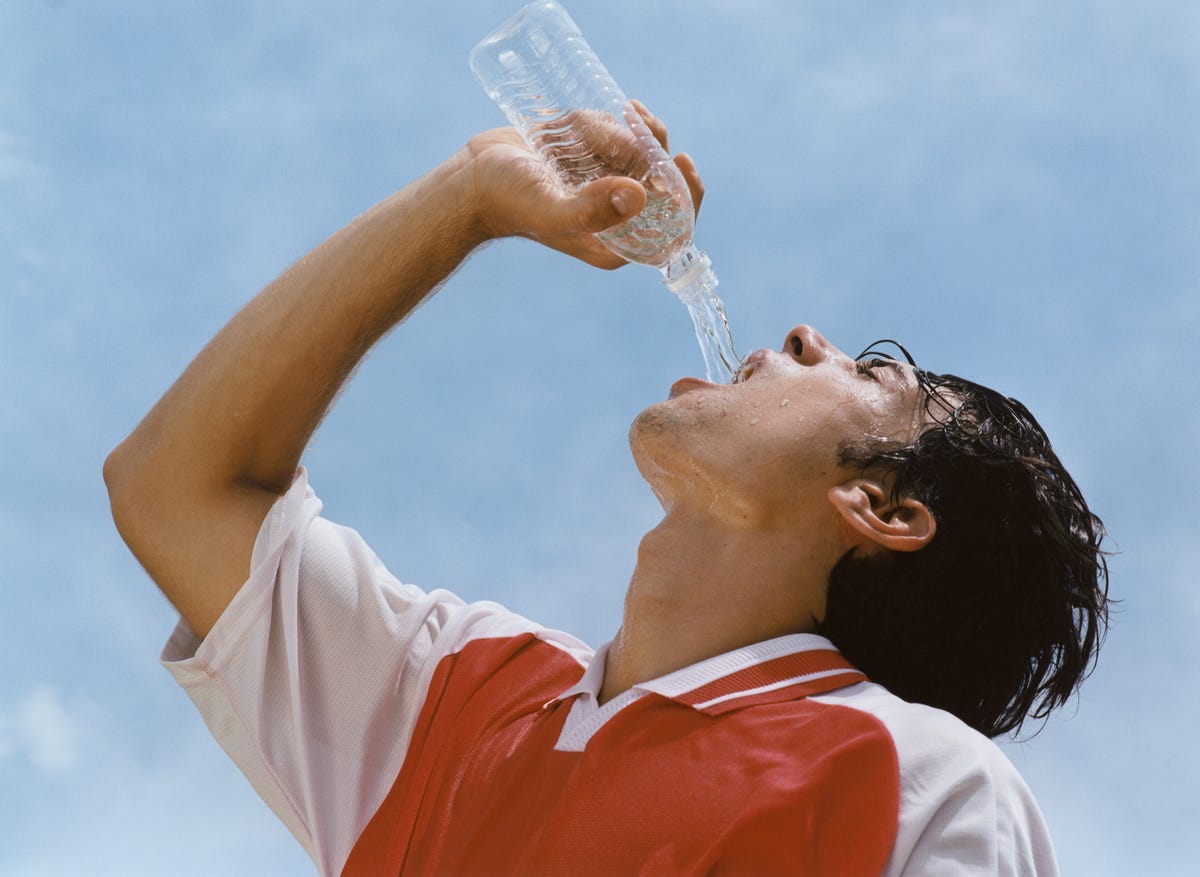
Fun Fact: Most of the human body is made up of water — up to 60% waterto be exact. That’s why it’s important to stay hydrated. Staying hydrated is especially important when you’re working out intensely and during the warmer months, when you’re more susceptible to sweating and dehydration if you’re not properly replenishing fluids and nutrients. There are several ways to stay hydrated that you may not have considered, but as with all wellness content, there’s a lot of misinformation surrounding hydration.
We’re clearing up these misconceptions once and for all with the help of experts. These are the hydration myths you should stop believing.
Myth #1: Coffee is dehydrating

You’ve probably heard that coffee is dehydrating, so you shouldn’t count it toward your fluid intake. This has been proven to be false. Mayo Clinic Registered Dietitian Katherine Zeratsky tells CNET, “Coffee, tea or other caffeinated products are not absolutely dehydrating, especially when consumed regularly. The body can adapt to a certain amount of caffeine, and it has less of an impact on hydration status.”
Coffee is a diuretic, meaning it increases urine production and makes you go to the bathroom more often. You don’t want coffee to be your main source of hydration, so make sure you balance it out with water and other hydrating options throughout the day.
Myth #2: Eating Doesn’t Hydrate

You’ll be happy to know that another way to stay hydrated is through the foods you eat. Incorporating foods like vegetables, soups, and fruits into your diet can help meet your hydration needs. “For the average person, increasing your intake of fruits and vegetables — without the salt — can help improve hydration and overall health,” says Zeratsky. Keep in mind that it’s harder to meet your fluid intake through food alone due to the volume requirements.
“Focus on drinking plenty of water first and add hydrating fruits and vegetables to keep you hydrated,” advises a registered dietitian Marisa Moore. Zeratsky recommends eating a nutrient-dense diet that’s full of minerals or electrolytes. She points out that some of the best foods for this type of diet include nuts, seeds, beans and legumes, a variety of vegetables — especially green ones, among others — dairy products, and fruits. “These provide magnesium, potassium, and calcium — all important electrolytes,” she says.
Myth #3: You Don’t Need Sports Drinks


There is a time and place for sports drinks, but it depends on the individual. “Athletes or active people who participate in activities that are high intensity and last longer than 45 to 60 minutes and [active people who] “People who sweat a lot benefit from electrolyte replenishment,” says Zeratsky.
If you’re training for a race that requires you to exercise for more than an hour at a time, it’s important to replenish your fluids with electrolytes and carbohydrates. “Sports drinks can help highly active individuals replace the water, carbohydrates, and electrolytes they lose during intense or prolonged physical activity,” Moore says.
Zeratsky adds, “For moderate to intense activity, about an hour or more, sports drinks can improve how a person feels and performs.” Another way to replenish these carbs and electrolytes is to drink beverages or eat foods that contain salt (since sodium is an important mineral we lose when we sweat) and other electrolytes.
Myth #4: Everyone’s fluid needs are the same

You know the old adage that you should drink eight glasses of water a day? That’s not necessarily true. Both Zeratsky and Moore point out that your hydration needs can vary from day to day. “Your fluid needs depend on your body size, health status, activity, climate (including altitude), and age,” Zeratsky explains. One surprising fact that Moore shared is that you lose water simply by breathing and talking. “If you’re going to be talking more — especially during physical activity — you need to prepare yourself with more water,” she says.
Other factors to consider include health conditions that can affect how much fluid you should drink. “Changes in medications, age, and health conditions such as pregnancy and breastfeeding can affect your thirst and require more fluids,” Zeratsky explains.
Myth #5: Thirst is a good indicator that it’s time to drink water

This is partly true, but Zeratsky notes that people often ignore internal cues that they’re thirsty, and by the time they reach for water, they’re behind on their daily fluid intake. Moore says, “Don’t rely on thirst as a gauge of hydration, as feeling thirsty is often a sign that you’re on the way to, or already, dehydrated.” Zeratsky explains that a good starting point is to aim for eight 8-ounce cups, or 2 liters, of water per day. “From there, track how you feel as you adjust your water intake, and pay attention to the color, amount, and frequency of your urination,” she says.
According to Moore, you should drink water early and often. “This means drinking water in the days leading up to your activity and throughout the day,” she says, adding that you should take this especially to heart if you’re going to be exercising in hot environments.
Moore also recommends carrying a refillable water bottle to stay hydrated. He adds, “If you don’t like drinking plain water, you can also add a flavor to it, like fresh fruit, cucumber, or a sprig of mint for flavor.”




